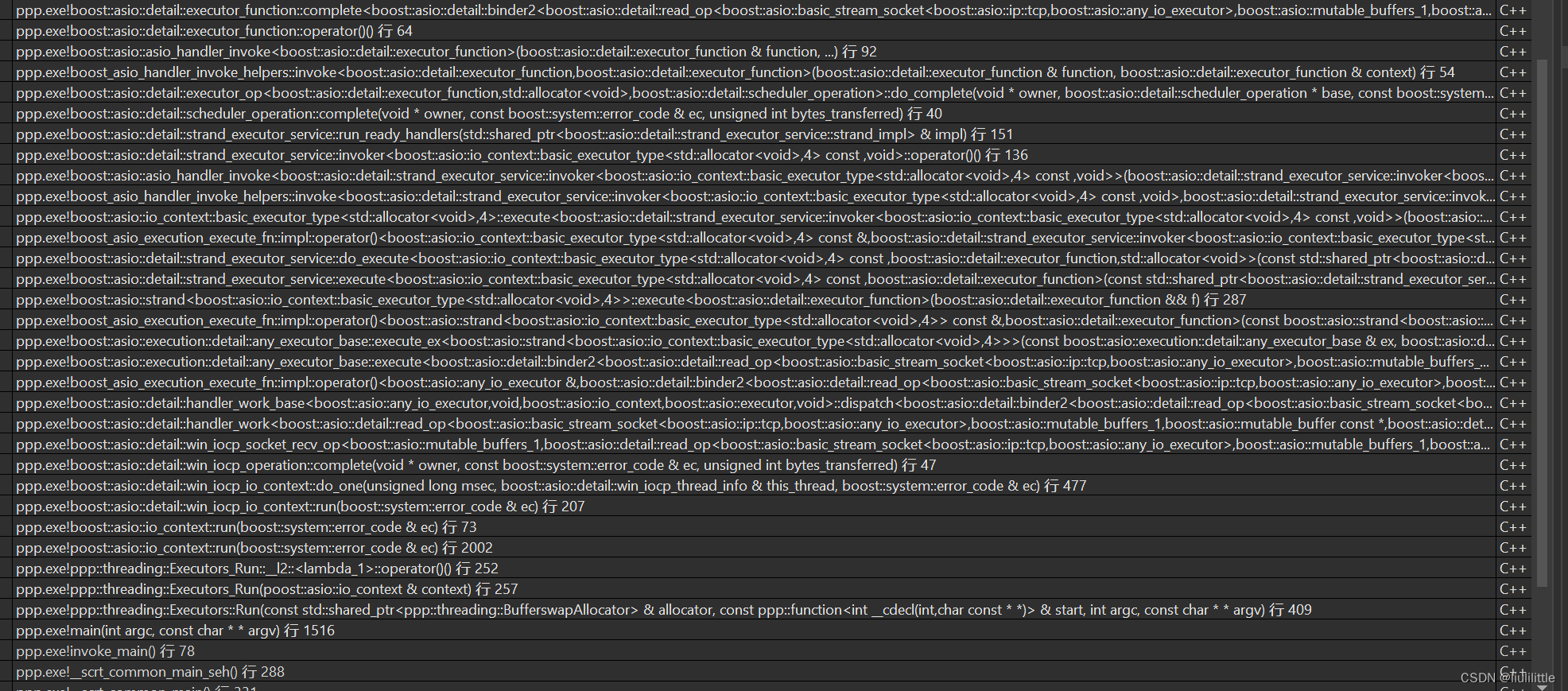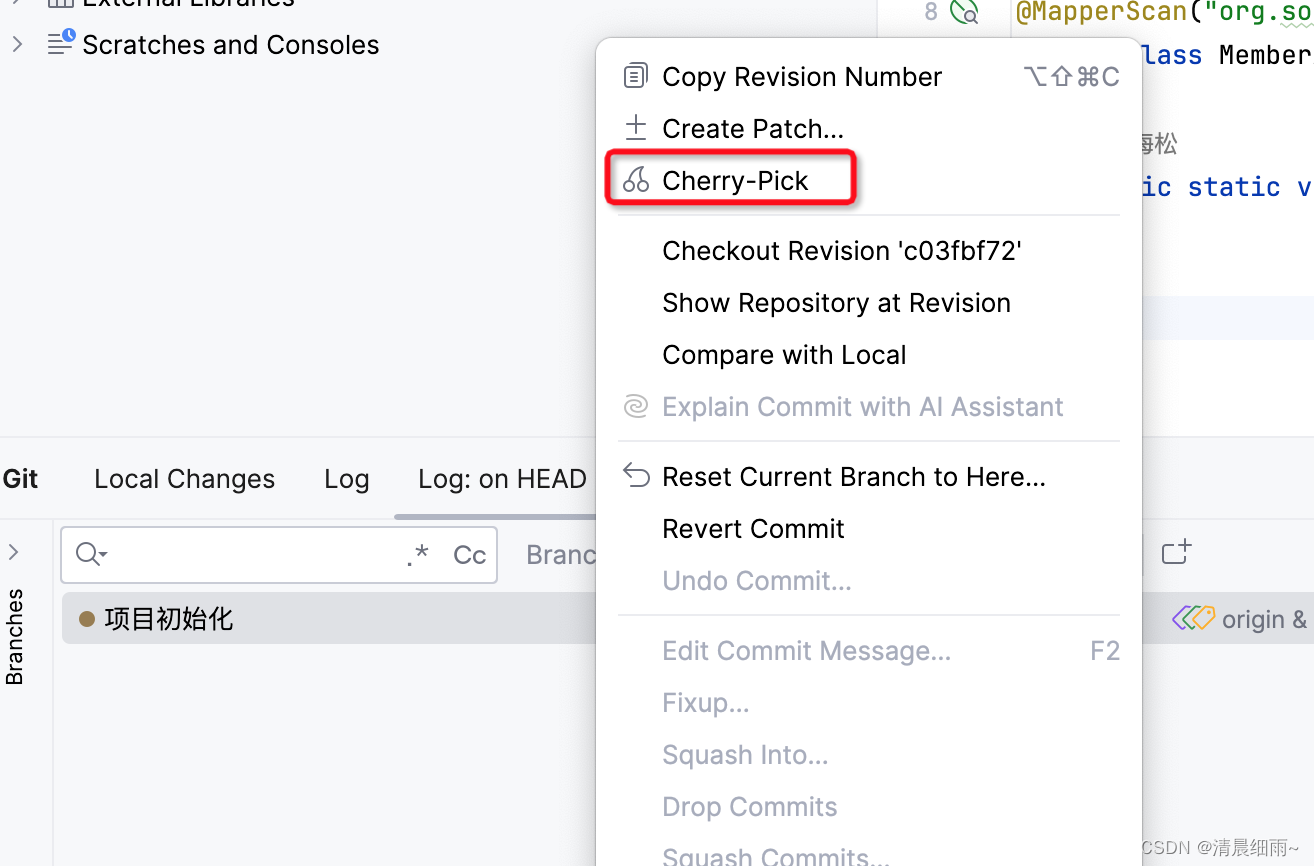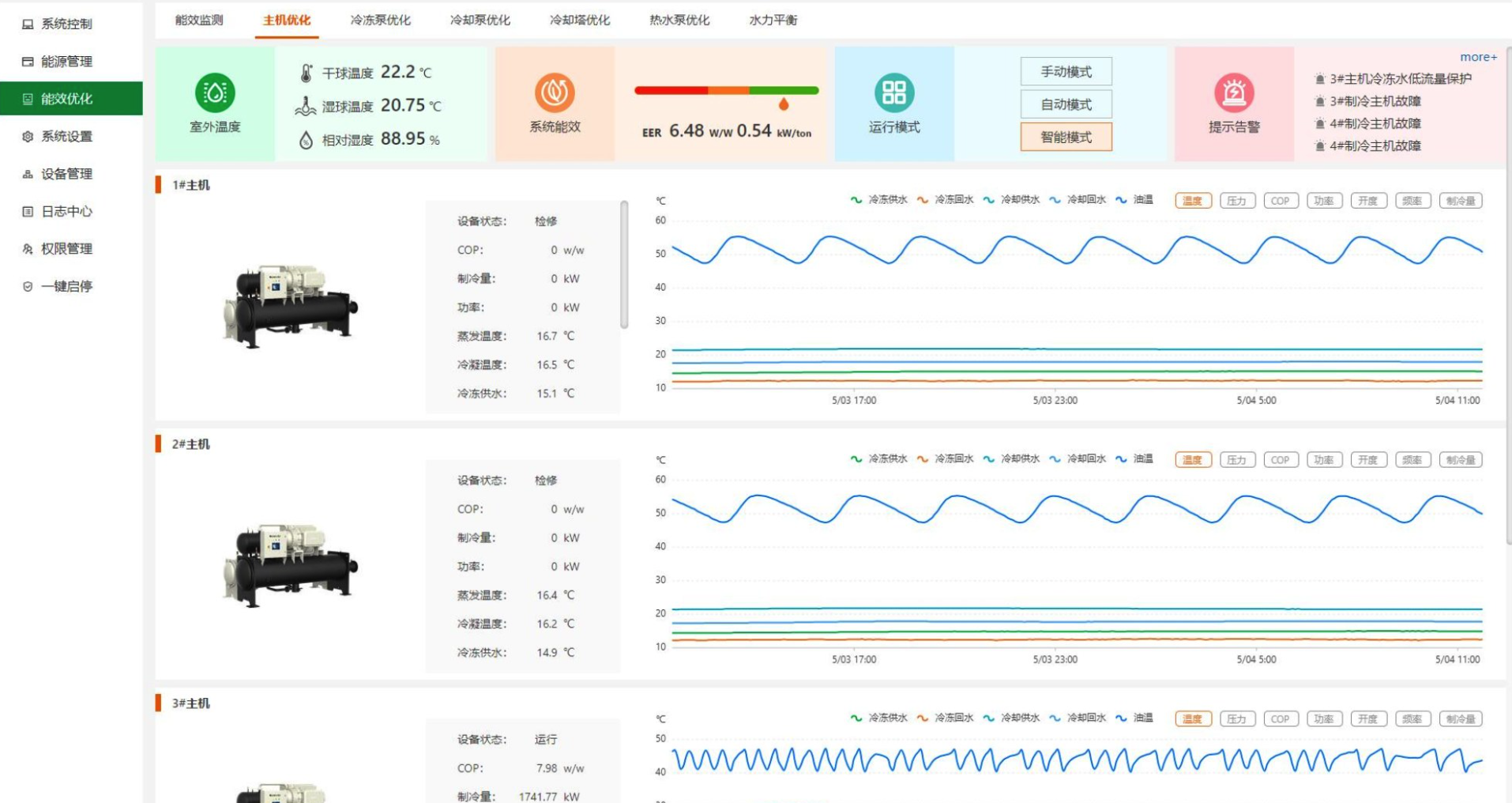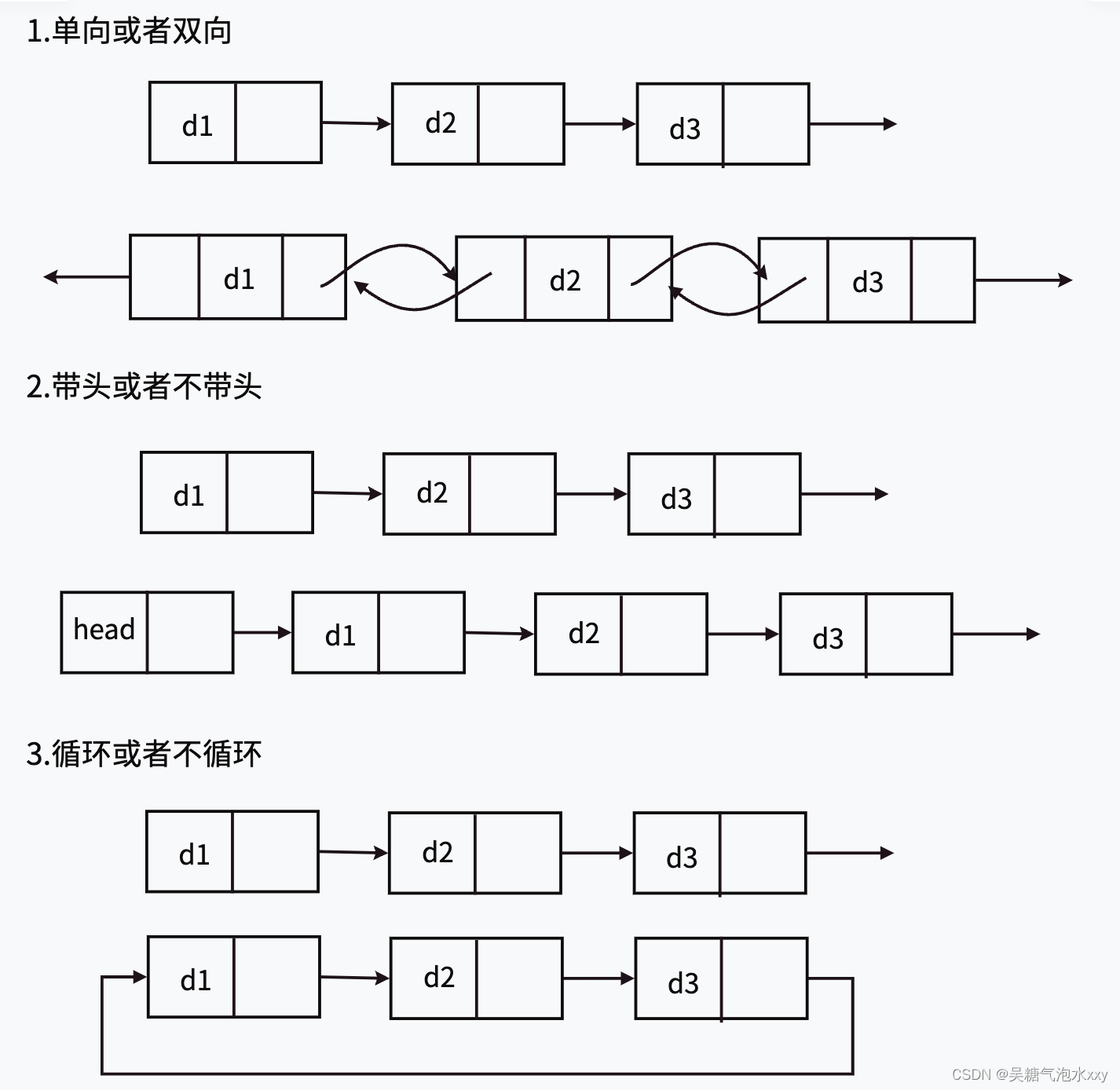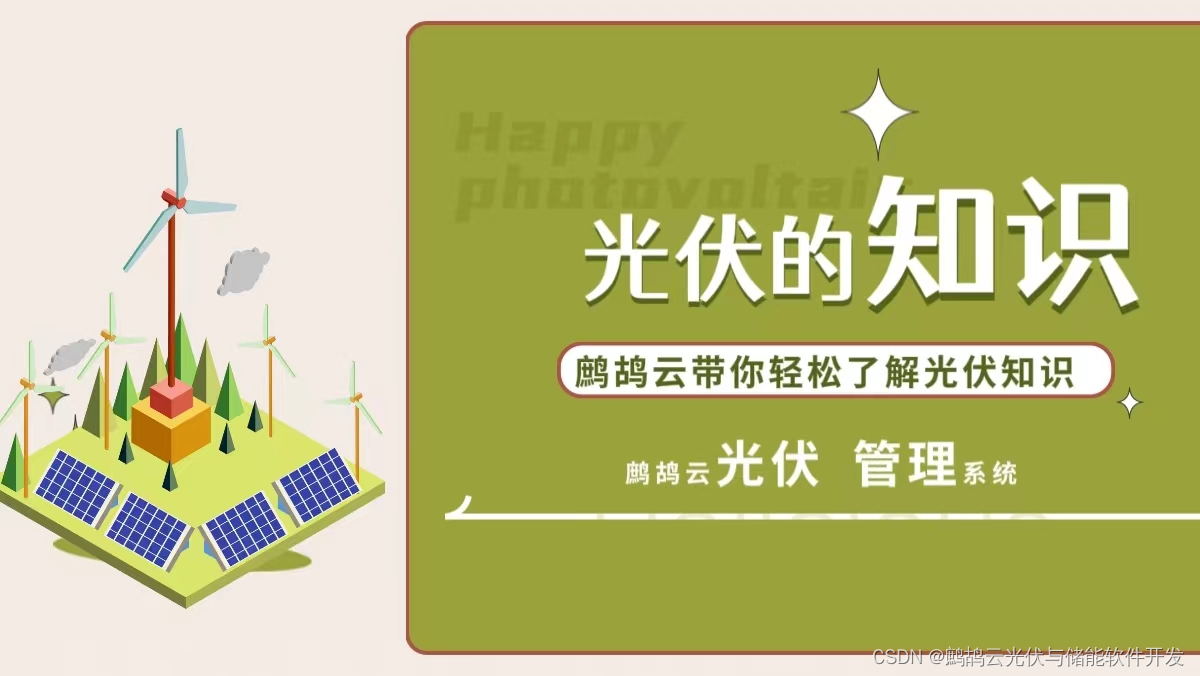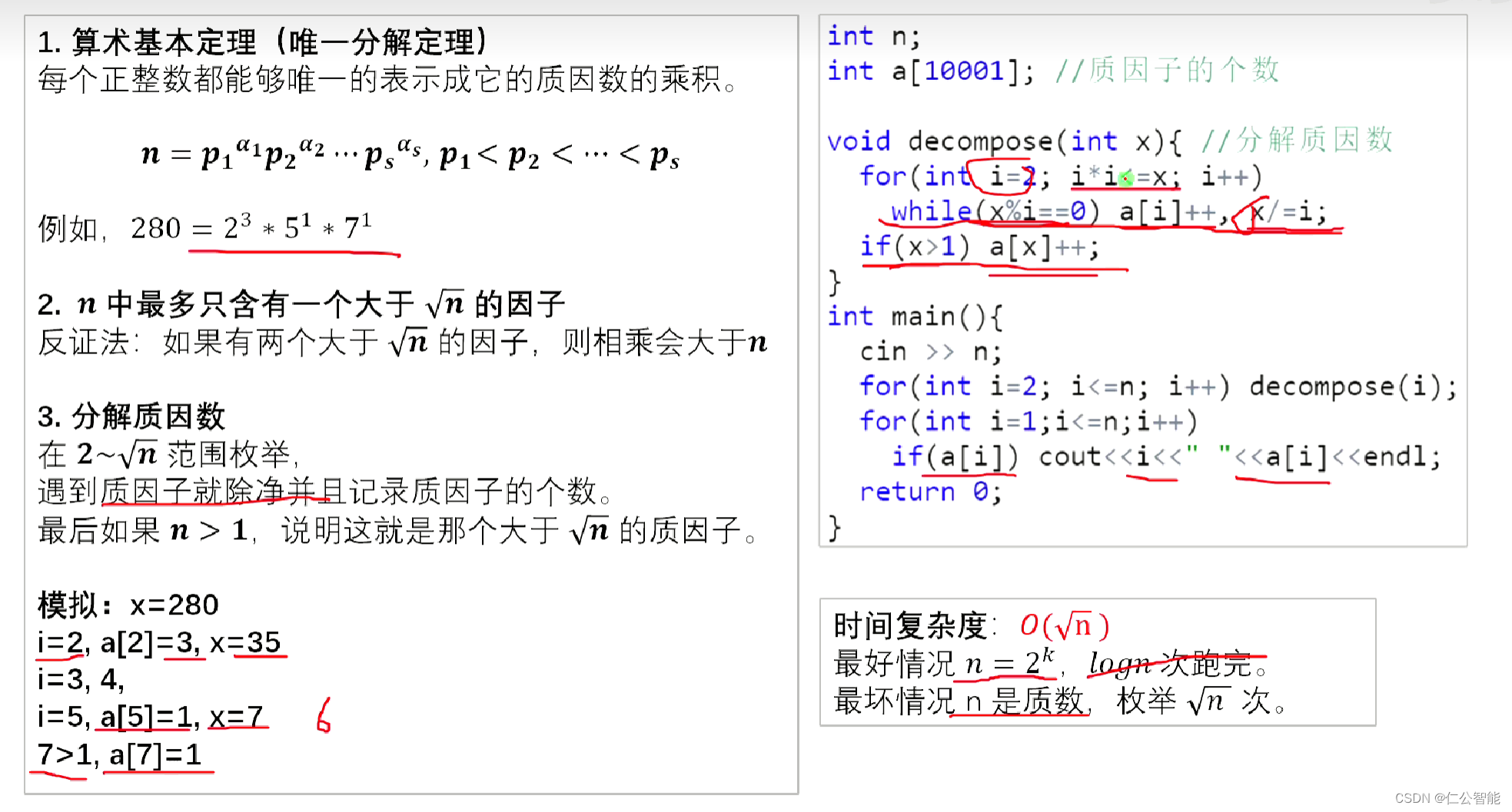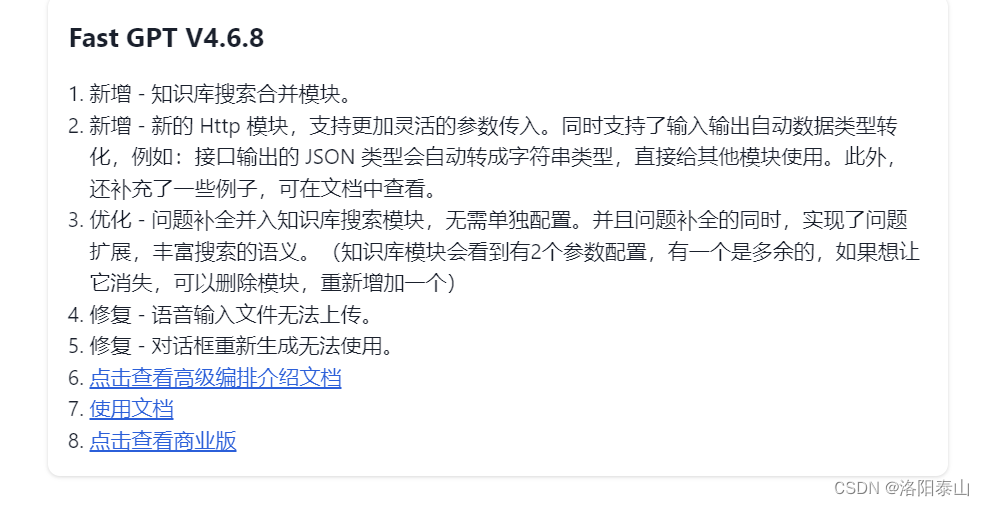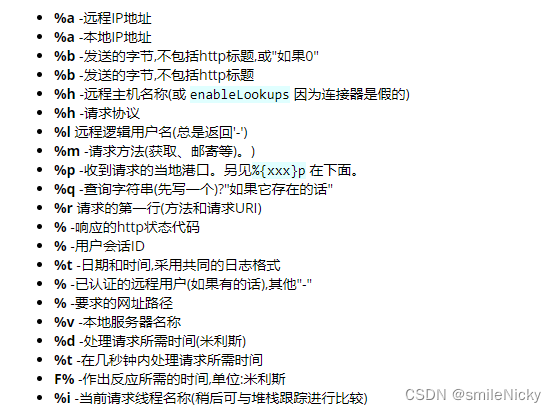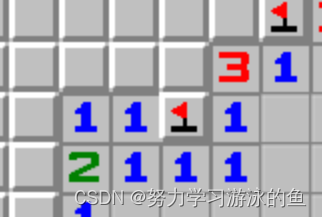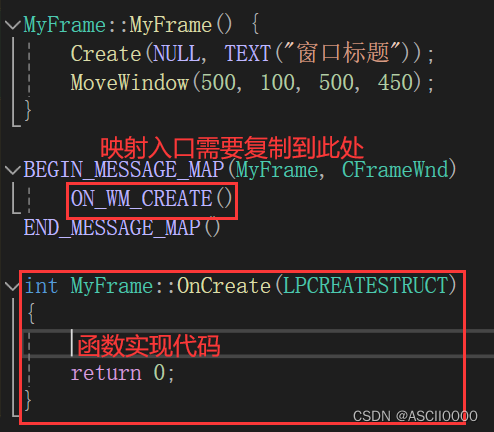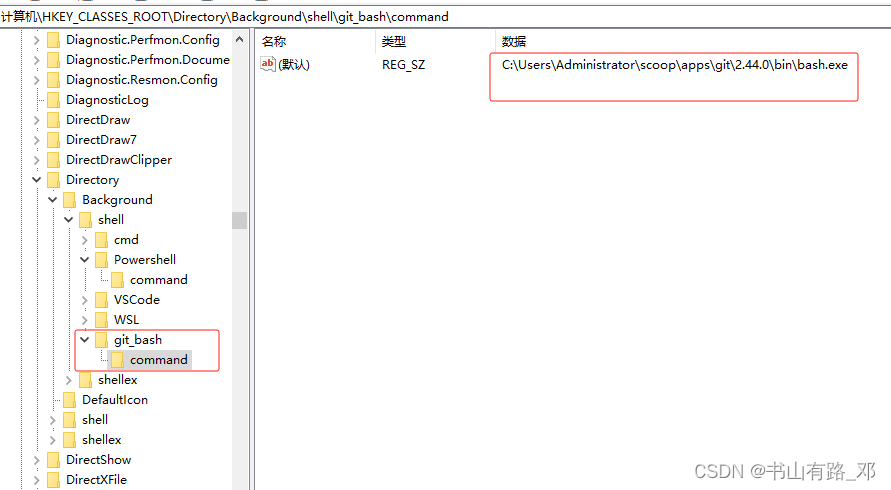在 boost::asio 之中默认情况下,大家使用 io_context 来为这些对象初始化传递的执行者,但我需要这里说明。
对于 boost::asio 构造类似 socket 对象必须构造传递 io_context 是个伪命题,boost::asio 对象并非只允许传递 boost::asio::io_context【重点】。
它的构造是接收一个 executor 的,这个 executor 不是非必须是 io_context,这个大家必须要了解,但凡仔细看过文档应该都明白才对,但可惜的国内很多人并不愿意多仔细的看看文档,看着那些所谓大牛的 aiso 经验,贴出来的 demo 代码就算是过了。
这样不好。
在 boost::asio 之中,不同的 asio 对象封装所需要构造传递的执行器略微有些限制,但可以确定的是都不允许:
boost::asio::io_context::strand 传递进去执行,对于传递 strand 的正确做法为:
声明:
typedef boost::asio::io_context::executor_type executor_type;
typedef boost::asio::strand<executor_type> strand;
构造:
方法一:
boost::asio::io_context ioc;
strand(ioc.get_executor());
方法二:
boost::asio::io_context ioc;
boost::asio::make_strand(ioc)
把这个构造出来的 strand 传递给 socket、stream 对象的构造函数就可以了。
当然,上面提到了 asio 的构造初始化并非只是 io_context,只要符合 executor 就可以。
比如:
boost::asio::any_io_executor、boost::asio:::any_completion_executor 就没问题,取决于每个不同 asio 对象构造执行器的限制类型。
比如:
如果我们希望 socket 都运行在一个 strand 上面,按照那些所谓大牛,文档都看不仔细的情况下,大概率是让人们构造一个共享的 boost::asio::io_context::strand,然后在 socket 的异步行为回调函数上都 warp 一次。
但我不建议大家这么做,正确的做法是上述形式,构造 strand 的执行器并在构造的时候传递给 socket 即可,这也包括其它的 asio 对象,如 resolver、DNS解析对象。
本人在此处实现了一个封装,用来模拟串化 io_context。
/* https://www.boost.org/doc/libs/1_71_0/libs/beast/example/websocket/client/async/websocket_client_async.cpp */
/* https://fossies.org/linux/boost/libs/asio/test/strand.cpp */
namespace poost {
namespace asio {
class io_context final {
public:
typedef boost::asio::io_context::executor_type executor_type;
typedef boost::asio::strand<executor_type> strand;
typedef boost::asio::io_context::work work;
public:
io_context() noexcept
: io_context(ppp::make_shared_object<boost::asio::io_context>()) {
}
io_context(const std::shared_ptr<boost::asio::io_context>& context) noexcept
: context_(context) /* context_->get_executor() */
, strand_(boost::asio::make_strand(*context)) {
}
public:
strand& get_strand() const noexcept {
return ppp::constantof(strand_);
}
boost::asio::io_context& get_context() const noexcept {
return *context_;
}
std::shared_ptr<boost::asio::io_context> ptr_context() const noexcept {
return context_;
}
executor_type get_executor() const noexcept {
boost::asio::io_context& context = get_context();
return context.get_executor();
}
std::shared_ptr<ppp::Byte> ptr_buffers() const noexcept {
return buffers_;
}
void ptr_buffers(const std::shared_ptr<ppp::Byte>& buffers) const noexcept {
ppp::constantof(buffers_) = buffers;
}
public:
template <typename LegacyCompletionHandler>
void post(LegacyCompletionHandler&& handler) const noexcept {
strand& strand = get_strand();
boost::asio::post(strand, handler);
}
template <typename LegacyCompletionHandler>
void dispatch(LegacyCompletionHandler&& handler) const noexcept {
strand& strand = get_strand();
boost::asio::dispatch(strand, handler);
}
public:
void restart() noexcept {
boost::asio::io_context& context = get_context();
context.restart();
}
void run() noexcept;
void run(boost::system::error_code& ec) noexcept {
boost::asio::io_context& context = get_context();
context.run(ec);
}
void stop() noexcept {
boost::asio::io_context& context = get_context();
context.stop();
}
bool stopped() noexcept {
boost::asio::io_context& context = get_context();
return context.stopped();
}
private:
mutable std::shared_ptr<boost::asio::io_context> context_;
mutable strand strand_;
mutable std::shared_ptr<ppp::Byte> buffers_;
};
inline void io_context::run() noexcept {
boost::system::error_code ec;
run(ec);
boost::asio::detail::throw_error(ec);
}
}
}如何在 socket 上面使用它?
std::shared_ptr<poost::asio::io_context> context;
boost::asio::ip::udp::socket socket_(context->get_strand());
是不是很直观跟简单,那么运行效果会是什么样子呢?
看看线程的调用堆栈是会重叠一层 strand 滴:(所以根本不需要额外的 strand 手动处理)
